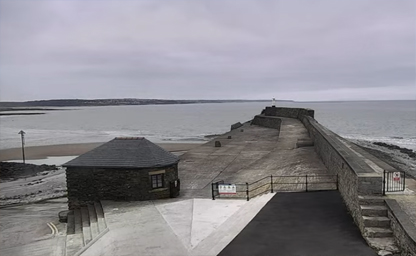
🔴 Porthcawl Pier
Overlooking the Bristol Channel, in the south coast of Wales

Overlooking the Bristol Channel, in the south coast of Wales
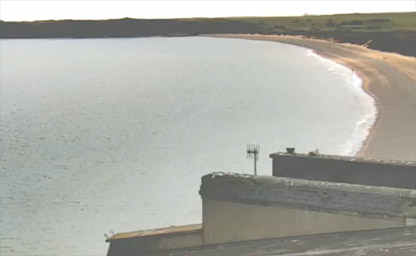
A beautiful harbour town and resort in southwest Wales
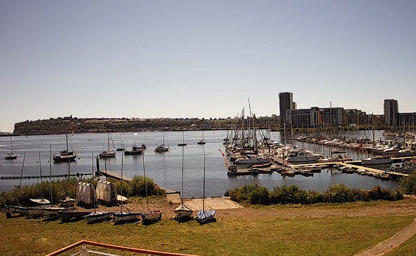
Panoramic views over the Bay and the Bristol Channel beyond
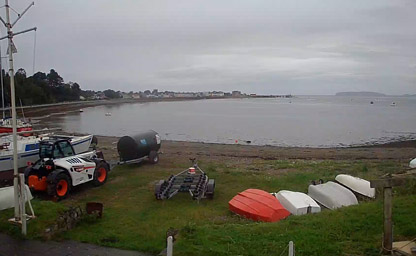
Just off the coast of northwestern Wales
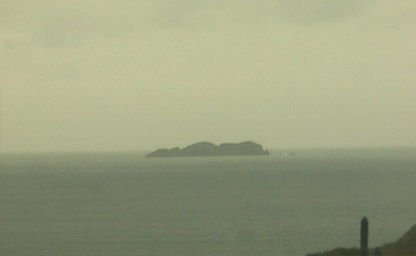
Overlooks the broad sweep of Broad Haven Beach at St Brides Bay
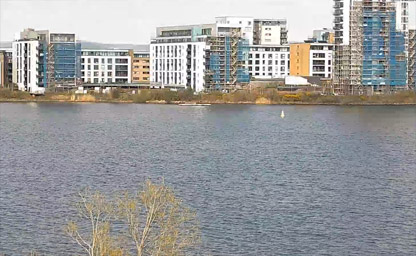
An area and freshwater lake in Cardiff
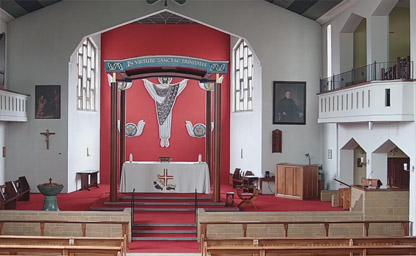
St Patrick's Church is a Roman Catholic parish church
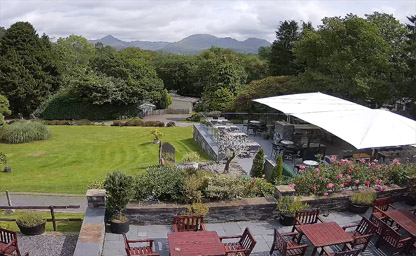
A mountainous region and national park in northwestern Wales
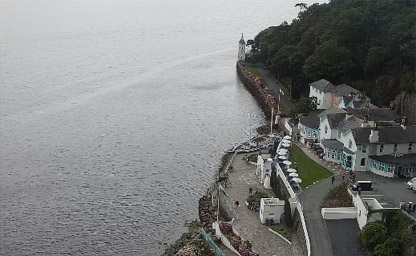
A small town and community in the Welsh county of Gwynedd
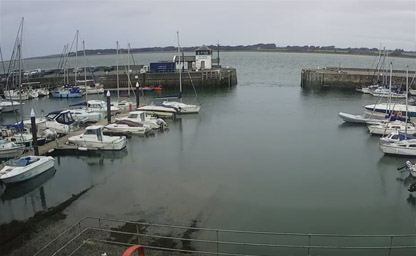
13th-century fortification in Caernarfon
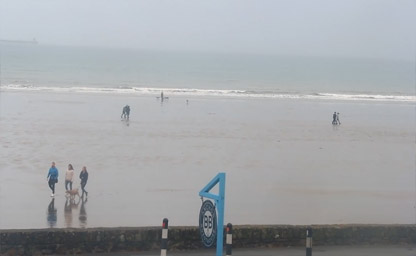
With sea view garden in the middle of Broad Haven village seafront
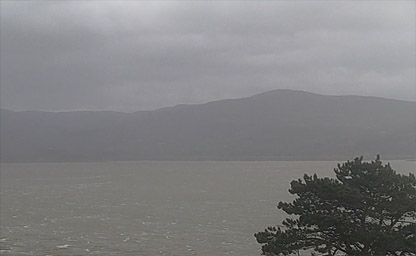
A village and community in Gwynedd
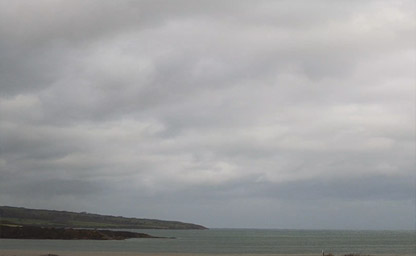
An electoral ward on the north-east coast of the Isle of Anglesey
Wales’ live cameras provide an incredible way to experience the diverse beauty and rich cultural history of this rugged nation. From the majestic peaks of Snowdonia to the tranquil shores of Pembrokeshire, these live feeds offer a window into Wales' natural wonders, its historic towns, and its vibrant coastal life. The live cameras capture a perfect blend of Wales' deep-rooted heritage and its commitment to preserving its landscapes for future generations, making it an ideal destination for virtual explorers looking to understand the essence of this Celtic land.
In the north, the live cameras showcasing Snowdonia National Park bring the region's wild beauty right to your screen. Snowdonia’s towering mountains, including the famous Mount Snowdon, are a focal point of these streams. As one of the highest peaks in the UK, Snowdon attracts hikers from all over the world, and the live feeds from its summit show stunning views of the surrounding valleys and lakes. The park itself is a UNESCO Global Geopark, and the live cameras often capture the constantly changing weather, from misty mornings to clear skies, allowing viewers to appreciate the dramatic shifts in scenery that characterize this part of Wales. The streams also highlight the rugged coastline, offering glimpses of small fishing villages, sandy beaches, and the distant Irish Sea.
Further south, live cameras capture the charm of places like Cardiff, the capital of Wales. The city’s skyline, blending modern architecture with historical buildings like Cardiff Castle, can be seen in these live streams. Cardiff’s reputation as a cultural hub is well-reflected in these feeds, where viewers can watch events unfolding in the city’s vibrant centers, such as the National Museum and the Millennium Stadium. The mix of ancient and contemporary architecture in Cardiff offers a unique look at the cultural evolution of Wales, and the live cameras give a constant view of this dynamic city. The presence of live cameras in Cardiff also reflects the city's political importance as the seat of the devolved Welsh government, a key player in the ongoing discussions about the autonomy and identity of Wales within the United Kingdom.
For those exploring Wales' deep connection with the sea, the live feeds from the Pembrokeshire Coast offer some of the most beautiful and untouched views. This area, famous for its dramatic cliffs, sandy coves, and abundant wildlife, is often visible in live streams from locations like St. David’s Head or the Pembrokeshire Coast Path. The streams often highlight the natural beauty of the region, especially during the warmer months when the coastline is in full bloom. Here, the live cameras bring attention to the delicate balance of conservation efforts and tourism, as Pembrokeshire’s status as an Area of Outstanding Natural Beauty (AONB) makes it a popular destination for those seeking both adventure and tranquility. Watching the waves crash against the cliffs or the soft golden sand stretching out to the horizon offers viewers an authentic feel of the region’s unique charm.
The live cameras also offer glimpses of the small, historic towns that dot the Welsh countryside, each with its own story to tell. Towns like Brecon, Llangollen, and Aberystwyth frequently feature on these feeds, showcasing charming streets lined with independent shops, traditional pubs, and centuries-old landmarks. Aberystwyth, with its famous pier, is often highlighted for its coastal beauty and academic legacy, home to one of the oldest universities in Wales. Live cameras from these towns help to illustrate Wales’ rich cultural fabric, woven from the Celtic traditions that have persisted for centuries and the more recent influences of industrialization and modernity.
The geopolitical context of Wales is always subtly present in the live camera feeds, especially when watching scenes from the Welsh Parliament building in Cardiff or the surrounding civic spaces. While Wales has been part of the United Kingdom for centuries, the live feeds from Cardiff often emphasize the growing sense of Welsh identity, highlighted by national events, celebrations, and the use of the Welsh language in public life. The presence of the Welsh government, which gained its devolved powers in 1999, is a crucial element of contemporary Welsh politics. As viewers tune into the live streams from the capital, they can witness how this political shift has influenced the city, contributing to an evolving sense of Welsh pride and autonomy within the broader UK framework.
For those interested in Wales' historical significance, live cameras provide access to landmarks like Caernarfon Castle and Conwy Castle, two of the finest examples of medieval military architecture in Europe. These castles, built by the English King Edward I during the 13th century to assert control over Wales, offer a powerful reminder of Wales’ turbulent past. Live streams from these iconic sites give viewers a chance to explore not only the impressive architecture but also the surrounding landscapes that have been witness to centuries of conflict and cultural change. The castles themselves are symbols of Wales’ complex relationship with England and its ongoing efforts to preserve its identity and heritage.
Another great feature of live cameras in Wales is their ability to showcase the region’s diverse festivals and cultural events. From the National Eisteddfod of Wales, a celebration of Welsh language, literature, and music, to the lively St. David’s Day celebrations, these cameras often capture the vibrancy of Welsh culture in action. Whether it’s the colorful parades, the stirring sound of traditional Welsh choirs, or the local markets filled with artisanal crafts, the live streams provide an exciting way to participate in the cultural life of Wales, even from afar. These events also highlight the ongoing importance of the Welsh language, which is a cornerstone of national identity and pride.
For virtual visitors, a helpful tip would be to keep an eye on the live camera feeds from the Brecon Beacons National Park. This area, known for its sweeping moorlands, scenic waterfalls, and rolling hills, is perfect for hiking and outdoor activities. The live streams from this region give a real sense of the wilderness, and the changing weather patterns make each view unique, from mist-covered valleys to clear, starry skies at night.
Here’s an interesting fact: Did you know that Wales is home to more castles per square mile than any other country in Europe? With over 600 castles throughout the country, including many of the most historically significant medieval fortifications in the world, Wales is often called the "castle capital" of Europe. The live streams from these castles offer a fascinating way to explore the history and architecture of Wales’ military past, giving insight into how these fortresses shaped the country's strategic and cultural development.
Wales, located on the western side of Great Britain, has a history marked by its Celtic roots, conflicts, and resilience. The area that is now known as Wales was inhabited by Celtic tribes as early as the Iron Age. The native Welsh people, known as the "Cymry," have preserved their distinct language, culture, and traditions throughout centuries of foreign domination and struggle. The first significant historical event in Wales was the arrival of the Romans in 43 AD. Although the Romans did not conquer all of Wales, they established several military outposts and towns, such as Caerleon, which became one of the key military bases in Roman Britain. These Roman settlements laid the groundwork for the development of urban centers in Wales.
After the Roman withdrawal from Britain in the early 5th century, Wales was left to fend for itself. This period, often referred to as the "Dark Ages," saw the emergence of several small kingdoms across Wales, including Gwynedd, Powys, and Dyfed. During this time, Christianity began to spread, with key figures such as Saint David and Saint Patrick playing a vital role in the Christianization of Wales and Ireland. The arrival of the Anglo-Saxons from the 5th century onwards brought conflict, as they encroached on Welsh territories. In response, the Welsh kingdoms mounted resistance, and over the centuries, Wales became a patchwork of independent regions, each with its own rulers.
The medieval period in Wales was defined by its constant struggle for independence. The most notable Welsh ruler during this time was Llywelyn the Great (died 1240), who expanded the Kingdom of Gwynedd and successfully resisted the English monarchy. However, Wales' political fragmentation made it vulnerable to external powers, and in 1282, King Edward I of England launched a final military campaign to conquer Wales. Following the death of Llywelyn ap Gruffudd, the last sovereign Prince of Wales, Edward I annexed the entire country and incorporated it into the Kingdom of England.
The 13th century marked the beginning of Wales’ integration into England’s political system. Edward I constructed a series of impressive castles across Wales, including those in Conwy, Caernarfon, and Harlech, which served to control and intimidate the Welsh population. The most famous of these castles was Caernarfon, where Edward’s son, Prince Edward, was born and later crowned Prince of Wales. The title of Prince of Wales has since become a hereditary title for the heir to the British throne.
For centuries, the Welsh fought for independence, but it wasn't until the 16th century that Wales fully became part of the Kingdom of England. The Laws in Wales Acts of 1535 and 1542, enacted by King Henry VIII, abolished Welsh laws and incorporated Wales into the English legal system. These laws also abolished the Welsh-speaking regions' administrative independence and made the Welsh people subject to English law, while also anglicizing many Welsh institutions.
The Welsh struggled to maintain their identity and language during this period of union with England. However, the 19th century brought a revival of Welsh nationalism. The Industrial Revolution transformed Wales, particularly in the south, with the growth of coal mining, steel production, and manufacturing. The industrial boom contributed to the development of towns such as Cardiff, which would later become the capital of Wales. While economic prosperity arose, many Welsh people began to seek greater political autonomy from England.
In the 20th century, Wales’ political landscape shifted significantly. In 1997, a referendum was held, and the Welsh people voted in favor of establishing a Welsh Parliament (Senedd Cymru), granting Wales more autonomy in handling its internal affairs. This move was part of a broader push for devolution across the United Kingdom. The Welsh language, once at risk of decline, saw a resurgence, with efforts to revive and preserve it in schools, media, and daily life. Today, Wales maintains its own distinct cultural identity, with a proud history of music, literature, and sports. Though it remains part of the United Kingdom, Wales is an autonomous country with its own governance, laws, and sense of national pride.
Wales experiences a temperate maritime climate, largely due to its proximity to the Atlantic Ocean and prevailing winds. The country’s climate is characterized by mild winters, cool summers, and a fair amount of rainfall throughout the year. The weather in Wales can be unpredictable, with sudden changes in conditions. Coastal areas, particularly on the west and south coasts, tend to experience milder conditions compared to the inland and mountainous regions, which are typically cooler and wetter. However, all areas in Wales benefit from the moderating influence of the sea, ensuring that the temperature rarely reaches extremes.
The west coast of Wales is the wettest region, with places like the mountains of Snowdonia and the Brecon Beacons receiving substantial rainfall throughout the year. The highlands and mountains are known for their dramatic weather patterns, where storms and rainfall can occur suddenly. In contrast, the eastern parts of Wales, such as the Vale of Glamorgan and parts of the Severn Valley, are drier and more sheltered from the prevailing westerly winds, resulting in slightly more sunshine and less rain.
Wales’ climate, while often wet, creates lush landscapes, including rolling hills, verdant valleys, and abundant natural beauty. The temperate conditions allow for the growth of a variety of plant and animal life, including the country’s iconic national parks and protected areas. The warmer, wet climate in the coastal regions fosters the growth of heathlands and coastal forests, while the uplands provide habitat for unique wildlife species, such as red kites and Welsh mountain ponies.
Wales’ coastal climate also makes it a fantastic destination for those interested in enjoying water-based activities. The mild temperatures in summer make it ideal for hiking along the cliffs, cycling along coastal paths, or simply visiting picturesque beaches like those found on Pembrokeshire's coastline. The more temperate climate allows visitors to enjoy outdoor activities throughout the year, from exploring the rugged peaks of Snowdonia to walking through the valleys and wetlands of the south.
The changeable weather can, however, be an inconvenience for visitors. It is advisable to always pack waterproof clothing, as rainfall can occur unexpectedly. Even during the summer, travelers may experience days of rain or mist, particularly in the higher regions. But for those who enjoy a lush, green environment and are prepared for the elements, Wales' climate offers a unique charm and beauty, with each season offering something distinct for travelers to experience.
The geography of Wales is both rugged and diverse, offering some of the most stunning landscapes in the United Kingdom. The country is characterized by its mountainous terrain, lush valleys, and a lengthy, varied coastline along the Irish Sea to the west and the Bristol Channel to the south. Wales covers an area of approximately 20,779 square kilometers (8,023 square miles), and while it is relatively small in terms of landmass, it boasts a range of geographical features that make it a sought-after destination for nature lovers and outdoor enthusiasts.
The most notable geographical feature of Wales is its mountainous core, particularly in the north and central regions. The Snowdonia National Park, located in the northwest, is home to Wales’ highest peak, Mount Snowdon (Yr Wyddfa), which rises to 1,085 meters (3,560 feet). This national park is renowned for its rugged landscapes, including jagged peaks, deep valleys, and glacial lakes. Hiking, mountaineering, and rock climbing are popular activities in this area, attracting visitors from around the world who seek to conquer Snowdon and explore its surrounding hills and valleys.
To the south of Snowdonia lies the Brecon Beacons National Park, another prominent mountain range in Wales. The Brecon Beacons offer beautiful rolling hills, dramatic waterfalls, and a range of outdoor activities, including hiking, cycling, and caving. The park is named for the distinctive beacons (mountain peaks) that were historically used as signal points, and the area is known for its scenic beauty and tranquil atmosphere.
Wales also has a significant number of rivers, lakes, and wetlands that contribute to its diverse geography. The River Severn, the longest river in the United Kingdom, flows along the eastern border of Wales, while the River Wye, which forms part of the border with England, is famous for its scenic beauty and historical significance. In addition to these rivers, Wales is home to many picturesque lakes, such as Bala Lake in the north and Llyn Tegid in Snowdonia, which provide excellent opportunities for water-based activities like kayaking and fishing.
The coastline of Wales is equally diverse, with dramatic cliffs, sandy beaches, and small harbors dotting the shore. Pembrokeshire, located in the southwest, is known for its breathtaking coastal scenery, including the Pembrokeshire Coast National Park, which is the only national park in the UK that is designated for its coastline. The rugged cliffs and sandy beaches are ideal for walking, wildlife watching, and surfing, while the historic castles of Pembrokeshire add an element of heritage to the region’s natural beauty.
Wales' landscape is also home to a rich array of wildlife, including red kites, otters, and seals, particularly along the coast. The country’s national parks and nature reserves are vital for preserving this biodiversity and ensuring that future generations can continue to appreciate the natural beauty of the land.
Tip: If you are planning to visit Wales, make sure to explore the lesser-known natural attractions, such as the wild landscapes of the Elan Valley or the serene beauty of the Gower Peninsula. These areas offer peaceful escapes from the more tourist-heavy regions and provide a deeper connection to Wales' raw and unspoiled beauty.
Interesting fact: Despite being one of the smallest countries in Europe, Wales is home to more than 1,000 castles, making it one of the most castle-dense regions in the world. Many of these castles are still standing today and can be visited, offering a glimpse into the country's turbulent past and historical significance.